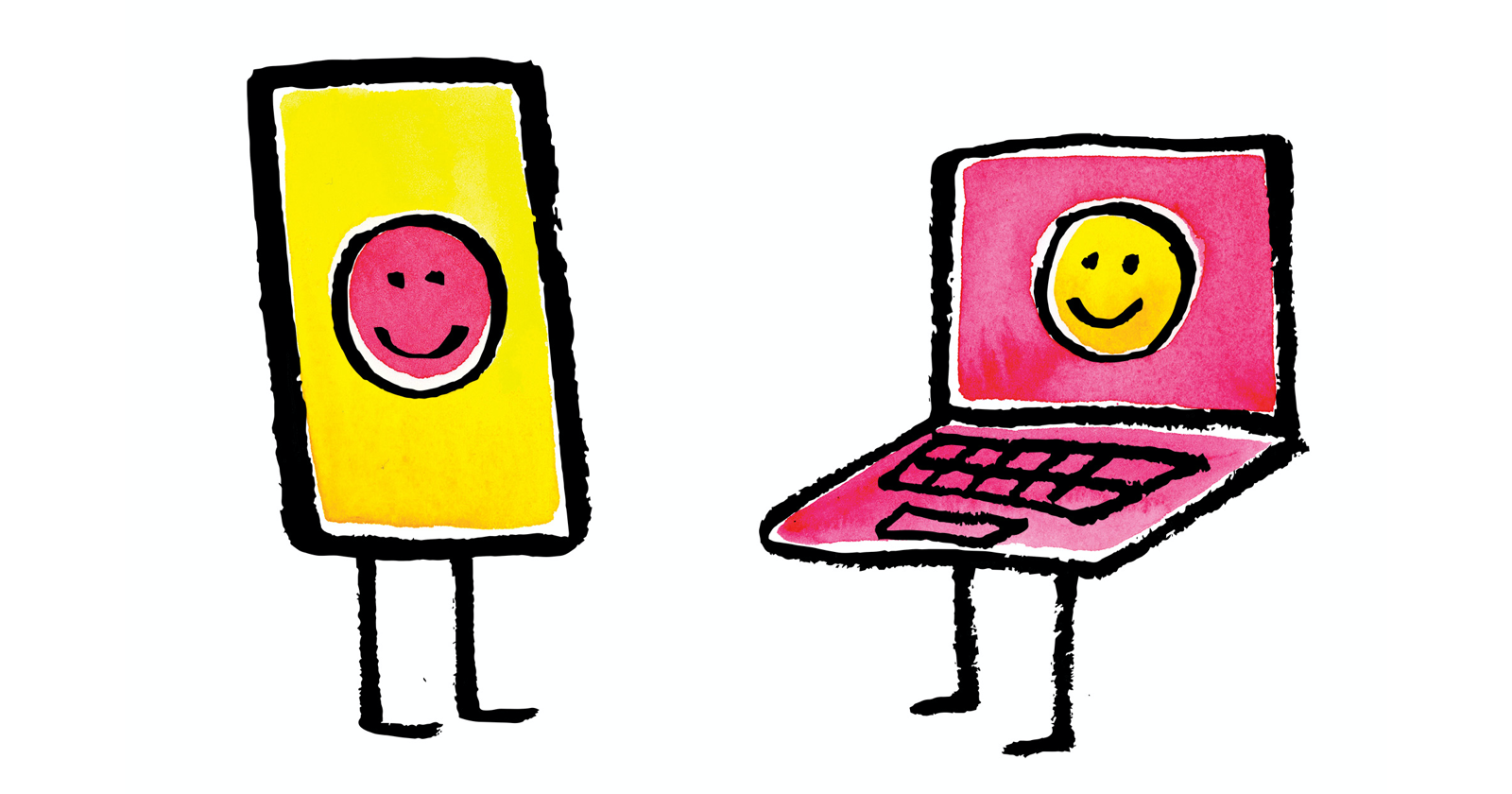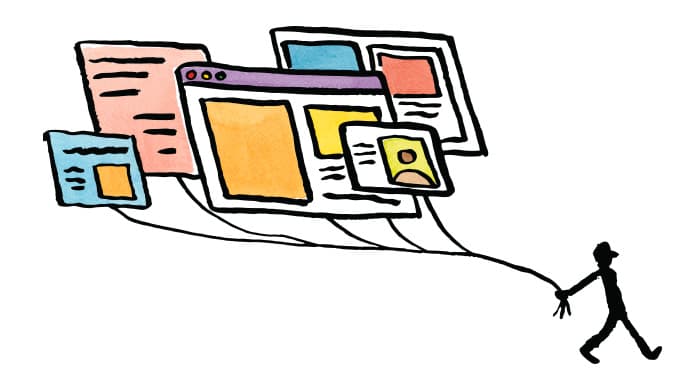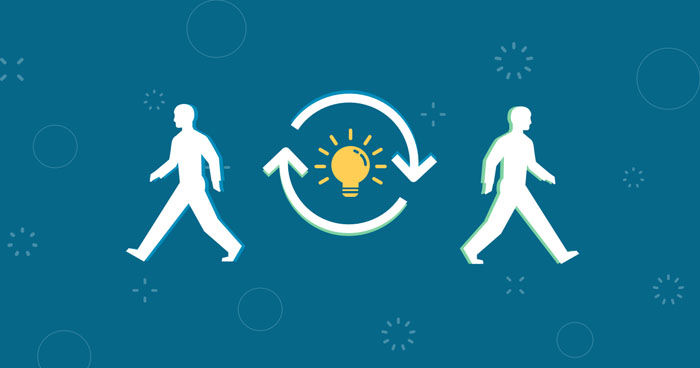
Rachel Hammerton’s passion is contagious.
From studying psychology to working as a caregiver, helping others is what brings Rachel joy.
And with her care-focused background, working at Spark Lifecare is a no-brainer. “We work with individuals who are looking for care,” she explains of her role as Director of Recruitment, “So that could involve anybody from out in the community… to those who have been in car accidents who need a little bit more help with in home because of chronic pain…"
"We find caregivers who are able to fulfill those needs and who match with what the client ultimately wants based on shared hobbies and interests.” That's something that literally no other home healthcare company is doing in Canada right now.
And it's definitely the kind of purpose-driven work most of us dream of.
But with a background as a clinical therapist, it was an unexpected sidestep that sent her career spiralling towards recruitment. A natural multi-tasker, Rachel had been working for Spark Lifecare as a caregiver while studying hard for a counseling psychology masters.
“I moved back to Toronto and wanted to continue to have a foot in the door—despite the fact that it wasn't in the same city anymore. Because I had shown my willingness and I had been through the process myself, I was able to step into that recruitment role.”
In true Rachel fashion, she continued to work part-time as a therapist alongside her role as Director of Recruitment at the 200-person company.
“Seeing clients one-on-one [as a therapist] is very different from the hiring world, but gives myself a little bit of everything,” she laughs.
And it’s this double-life that gives Rachel her edge.
“I know what it's like as a caregiver within this organization,” says Rachel, “I can share my experiences and I can authentically say, ‘I’ve been in your shoes and I know what it's like to be going through this process.’”
We caught up with Rachel to find out how her caregiver background impacts her role, why she embraces change in recruitment and how “working smart” helps her juggle it all.
How to master the art of remote hiring
Picture the scene—you put out a stellar ad for your latest role, sit back and wait for the applicants to flood in.
But no one does.
It’s every recruiter’s nightmare—but happens way more often than we’d like to admit.
Like most recruiters, Rachel finds getting a consistent number of applicants as a remote company is a special skill that needs constant work.
“There are some positions where we can get dozens of applicants, and there are others where, for location, language or education reasons, for example, we're just not getting the kind of candidates that we're looking for,” she says, “And it's hard when we don't want to sacrifice that quality and we refuse to sacrifice the needs of the client just to get someone in there.”
But working around obstacles is what Rachel does best, and she tackles this notorious recruitment challenge with her typical resourcefulness.
“We use every opportunity we can, trying to market it to the specific needs and trying to find people—whether they applied with us in the past or whether they are currently working with us—to fill that position.”
Step 1: Get everyone on the same page
After years on the hiring side, it can be hard to imagine what an applicant goes through.
But for Rachel, she’s been there and done that—and she remembers what it was like. She makes sure to use her personal experiences to inspire the best recruitment system possible.
From using her experience as a caregiver, to remembering what it was like to go through the recruitment process herself, Rachel is all about trying to see the process from the applicant’s point of view.
“Knowing, from my experience as a caregiver, what is important and what is going to help a person succeed has really helped my perspective and helped me to get the people who are able to do the job and are able to do it well,” she says.
“It wasn't long ago that I was applying for jobs,” remembers Rachel, “So I know applicants want to get through this process as fast as possible, while also maintaining that quality and personal touch.”
Rachel’s involved with the whole recruitment process—from building ads, all the way through to screening and hiring applicants—but at heart it’s still a team effort.
“The entire leadership team, including our Care Partners who are our clients' personal advocates, will work together to make sure that we have the best possible fit for clients. So, whether that means pooling in other resources, whether that means doing things a little bit differently for one client versus the other, whatever that might be.”
It’s not always easy—but it’s Rachel’s ability to understand the applicant that has helped Spark Lifecare create an awesome system.
Stage 1 recap:
- Think back to what your own experience as an applicant was like
- Exercise a little empathy to make the experience a breeze for applicants
- Get your team on the same page about what each role requires
Step 2: Work smarter with the help of candidate-friendly virtual interviews
The next step is the interview.
It's one of Rachel's favorite parts. But that wasn't always the case.
“We faced a lot of in-person interviews in the past that were no shows, we wanted to move candidates through faster—and it takes a lot less effort and manpower when it’s virtual… We needed to work smarter,” she says.
Rachel uses video interviews to connect with applicants wherever they are.
“[I don’t work] in the city where my company is primarily located, so in many ways virtual interviews make it easier to connect with candidates from all over. I can reach remote communities, including candidates within those communities, without the extra challenge of accessibility when it comes to even just booking an interview.”
But it’s not just for her own sake that she chooses to conduct interviews virtually. She recognizes travel can be really tough for candidates, especially if they’re already employed—plus, virtual interviews mean the whole team can be involved.
“We can record [interviews] and we can bring it back to the team and get other opinions on it—making sure that we’re hiring for the best possible person and that it's not just my own judgment thinking that, but it's everybody's judgment as well, including the Care Partner, who will continue to advocate for their client's highest-quality care, as well as include the client in this decision, giving the power back to them.”
Sounds great, right?
But for Rachel, there is still one major challenge—keeping virtual interviews ‘human’.
“Even though much of this is virtual and it's over the computer, we wanted to make sure that candidates throughout the entire process recognize that we are a social enterprise that puts the person at the forefront.”
“An interview is kind of nerve inducing in-and-of-itself and [we try] to mitigate those fears and those anxieties as best as possible by making yourself personable sharing little tidbits or answering questions about yourself…" she explains.
"I can share my experiences and I can say ‘I’ve been in your shoes and I know what it's like to be going through this process’. I think that having a remote feel doesn't necessarily replace that in-person touch. We can make candidates recognize they're more than just a number, they're a person and they have valuable experiences.”
Stage 2 recap:
- Use virtual interviews to work smarter without isolating the candidate
- Record interviews so you can involve the whole team in finding the right hire
- Keep your interview process ‘human’ by bringing your own personality to the forefront
Step 3: Develop a change-friendly mindset
If you're stuck in analysis paralysis waiting for the 'perfect recruitment system', know this: it's never gonna come.
These days, businesses move fast. Especially, in client-first companies like Spark.
For Rachel, embracing change is a must when it comes to getting it as close to perfect as possible.
“We value change a lot. Especially within a field where change is always needed based on tailoring care and the individual nature of it. I think that there's always gonna be a time of, you know, where we have to think, how can we improve? What can we do better? What is not working right now?”
In an uncertain world, there’s only one thing we can all count on: good ol' change.
But, ever optimistic, Rachel sees that as a positive.
“I think that it's a good thing that we're always kind of in flux and we're always reflecting on what can we do better? How can we make this better and more efficient to provide better care for our clients?”
Stage 3 recap:
- Embrace change as a means to success, not perfection
- Utilize the tools and people-skills available to streamline your processes as much as possible
- Ask for feedback from candidates, colleagues and clients
"Always aim for the best"
Whether it’s ‘working smart’, embracing change or utilizing her previous experience, there’s one thing all Rachel’s recruitment tactics have in common: they come from a place of passion.
And in the changing world of HR, passion is what keeps you going.
Because the world is changing.
Alongside the introduction of new technologies, applicants are becoming savvier by the day. As Rachel puts it, in previous years “you would get a lot of people who didn't meet the basic requirement—it’s almost like they didn't read it. And now people are looking at things a little bit more carefully.”
So, how do you face the changes, make better quality hires and find success Rachel-style?
The answer’s simple: always aim for the best.
“We're always tweaking. We're always looking for improvements. But with the assistant tools like Breezy and the candidates and the people within our teams as well, we've been able to have a lot of success.”
If you, or someone you love, is looking for quality care in Canada, you can reach the good people at Spark via their website, phone at (613) 290-9709 or email at Hello@SparkCares.ca.
Check out more video content from Rachel's interview.





